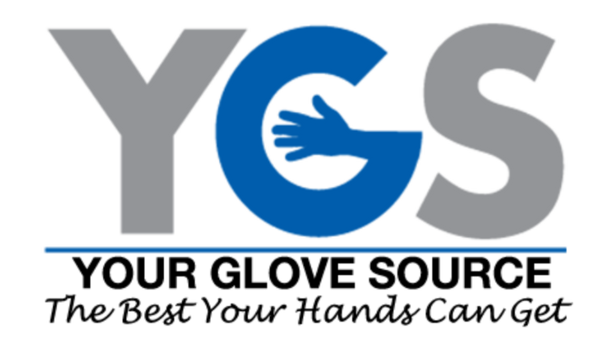- Conduct Job-Hazard Assessments
This first step is a multi-faceted process that will set you up for success in the long-run. Begin by going through a thorough review of your work plan with everyone involved, especially your safety engineers. This work plan should include information like workers’ tasks, tools and equipment required to complete those tasks, and an assessment of the work environment. By looking at the big picture through all of this information, you should be able to pinpoint specific areas or tasks where there is a higher risk for hand injury and allow you to be proactive in preventing those injuries. In this process you can also pull in data from your overall safety reports, showing when and where injuries happened and how you can learn from those incidents.
- Pick the Proper Hand Protection for the Job
This may seem like a no-brainer, but many times workers are using the wrong glove for their job, leaving them without the proper protection. As you continue to use your Job-Hazard Assessment as a guide, you can figure out what level of protection you’ll need for your workplace. Consider cut and abrasion resistance, chemical resistance, grip levels, and material. If you want to stick to just one glove across the board for all employees, you’ll have to go with a glove that matches the protection needed for the highest risk task. If that seems to unreasonable, and some of your employees simply don’t need such heavy duty protection, consider choosing a few different types of gloves with varying levels of protection that are suited for different tasks throughout the workplace.
- Train Your Employees
Many times, employees aren’t acting out of defiance, but out of ignorance. By holding training sessions in the workplace, employees are given the chance to learn the “why” behind the rules. Employees should be trained on the hazards of their specific tasks and how to use their gloves to the best of their ability. Employees also need to know that while their gloves do offer a layer of protection, they do have limitations, and workers need to know what those limits are so that they don’t risk injury.
- Employee Follow Up and Audits
After conducting training with your employees, follow up with them. Check in with them to see if they have any questions or concerns about their work environment or the gloves they’ve been using. Ensure that employees are complying with using hand protection, and remind them of the importance if they have been slacking. Employees on the front lines know their work best, so make sure to check in with them that the gloves are allowing them to do their work properly and efficiently. If there is a problem with the current gloves, revise the needs of your workers and find another glove that will continue to offer the protection they need, but will also meet some of their needs as well.
- Adopt a Proactive Attitude
As you continue working with your employees and finding new potential hazards and discover new glove needs, always have a mentality that seeks to be proactive. Create a safety process that is fluid and allows you to address current issues and future hazards as they arise, so that you can always do your best to stay ahead of the injuries.




